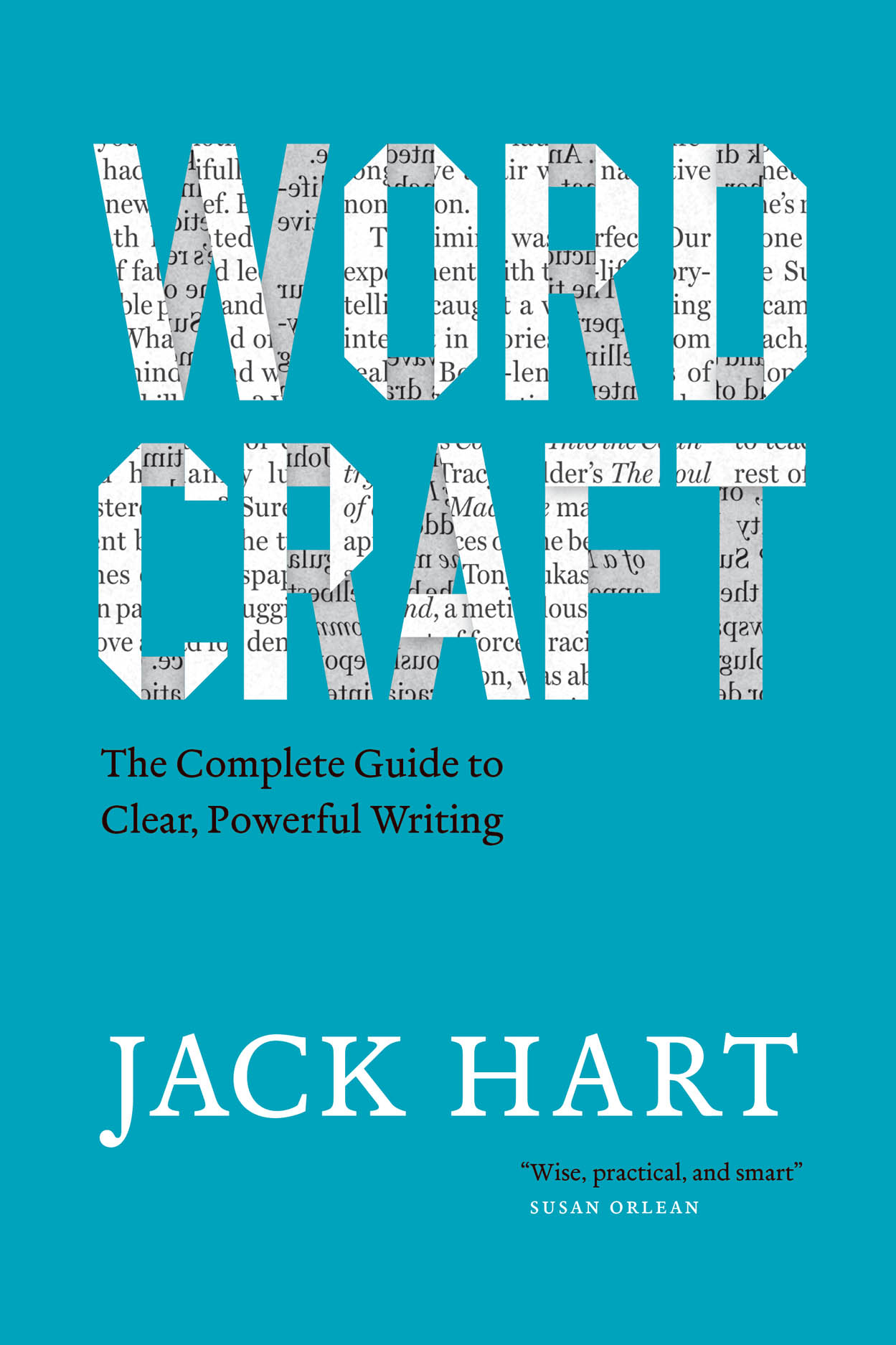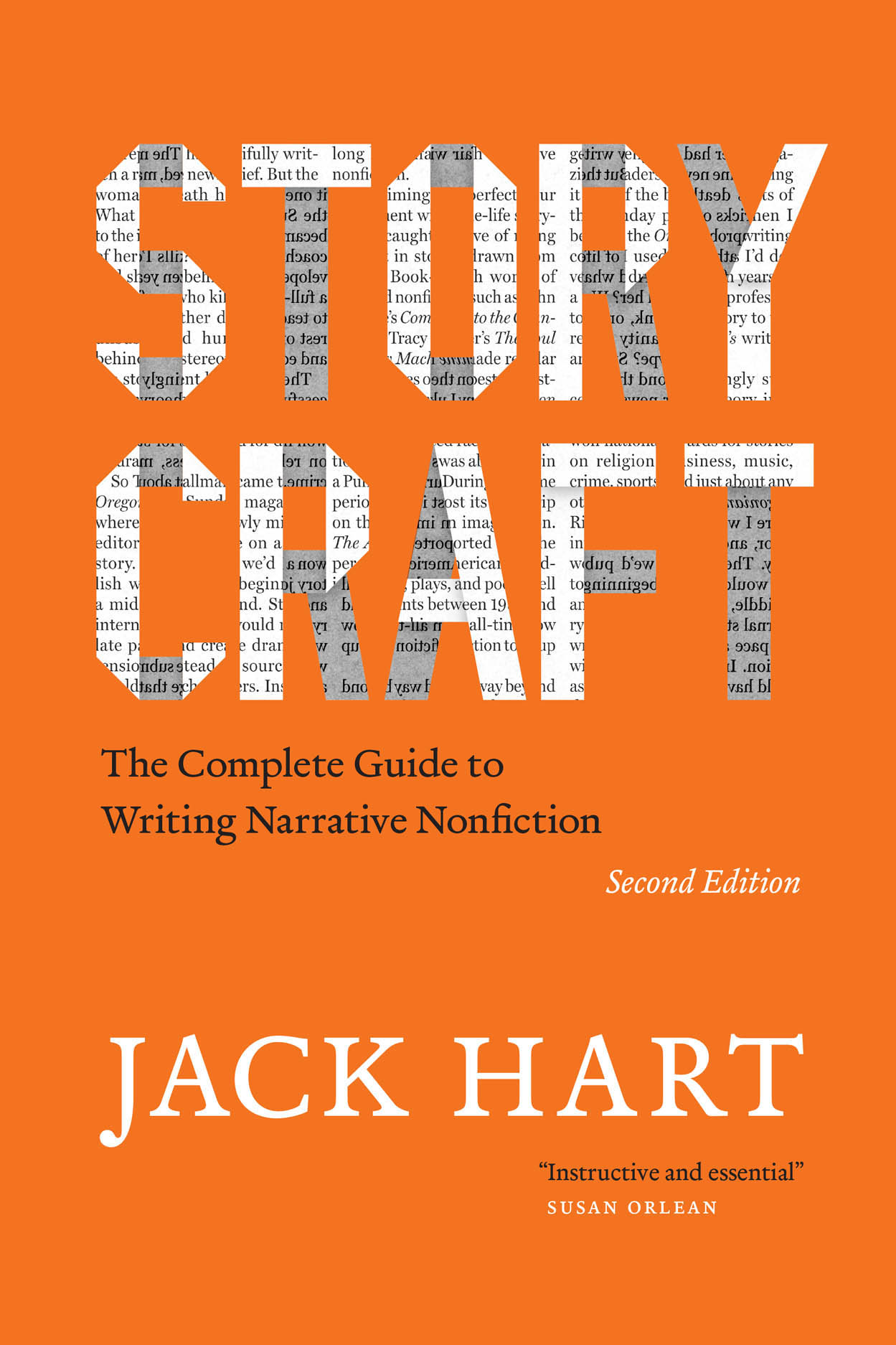Introduction to WordcraftYou can’t wait for inspiration; you have to go after it with a club. Novices sometimes imagine writing as dark magic, something known only to some mystical inner circle. They pick up a professional’s finished work, marvel at its seamless perfection, and think, I could never do that. Nonsense. Take it from someone who’s been scouting around inside the mystic circle for decades. I worked shoulder to shoulder with some of the best writers on the planet, and never once did we dance around a cauldron. Some hocus-pocus might have helped, but we didn’t know any. So we just got down to work. Great writing happens not through some dark art, but when method meets craft. The secret—if there is one—is to take one manageable step at a time. Superman may leap tall buildings in a single bound, but the best writers I know sit down at their keyboards and write one line. And then another. And another. That’s how it’s done, in writing or anything else. Picasso crafted accomplished landscapes and portraits before he broke through into the terra incognita of cubism. Thomas Edison, the most prolific inventor of all time, broke innovation down into a step-by-step process for methodical efficiency. Genius, he famously said, “is 1 percent inspiration and 99 percent perspiration.” Writing poses challenges similar to any other creative process. A writer attending a narrative nonfiction conference once asked Morgan Entrekin, president and publisher of Grove/Atlantic Press, whether talent or hard work counted more among book authors. Talent matters, he said. But the writers who can manage their time and energy well show the best results in the long run. Then he pleaded with the writers in the room to do a better job of getting their manuscripts in on time. Plenty of dull, disorganized writers meet their deadlines, of course, just as some of the most inspired live chaotic lives of confusion and angst. But the most successful writers I know have mastered a productive, efficient process that consistently turns out great work. They write without psychological meltdown, and they make deadline. Yes, talent counts for something—superhuman performances in any field probably require hard wiring that sets the performers apart. Writing is no different. But for most of us, that’s beside the point because we have no choice but to write. A certain skill with the written word is essential to almost anybody’s success in the modern world: the cop filing a report, the foundation director pitching a grant, the moonstruck kid emailing flirtatious notes to that smokin’ sophomore in third-period algebra. Whether we get what we want out of life depends, more or less, on how well we use writing to accomplish it. Most of us don’t do nearly as well as we might, largely because of that nonsensical notion that good writing is magic. Some schools add to the problem. They teach that other essential skill of the modern age—reading—as though it’s a universal that every student must master. Most students do. But in far too many schools the invidious mystique of writing taints the curriculum. In literature classes, you read great works and marvel at the genius of the writers who produced them. In composition, you struggle to knock a few clumsy sentences together. Nobody expects you to see any connection between the diva’s aria and your Neanderthal grunts. In 2001 Tom Hallman, one of the writers I worked with regularly, won the Pulitzer Prize for newspaper feature writing. In journalism, Tom is widely recognized for his mastery of the newspaper narrative, true stories told using the techniques of literature. He’d been a Pulitzer finalist twice before, and over the years he won everything from the Ernie Pyle Award to top national awards from the American Society of Newspaper Editors and the Society of Professional Journalists. So when Tom gave me permission to post multiple mark-ups of the rough drafts from his Pulitzer Prize–winning story on a website available to journalists across the country, interest was high, and the response was predictable. Tom’s fellow journalists were astounded to see how far the story developed over the last three drafts he produced. They, too, had been victims of the writing mystique, assuming that someone of Tom’s accomplishment would spin webs of gold the first time his fingers hit the keyboard. What they saw, instead, was a damned good writer hard at work, applying his method and honing his craft. Tom’s first draft was just that, an initial run at the story that mixed great promise with plenty of disappointments. The second draft tied up loose ends, tweaked the structure, and sharpened the character development. The third polished the language, refined the imagery, and pushed through to the final level of excellence. Seeing that progression, one editor told me, was the most instructive writing lesson he’d ever had. I trust this book offers lessons of similar value. My professional path informs those lessons. I started my career as a college professor with the requisite advanced degree and spent a dozen years teaching at big universities. That gave me a grounding in theory and plenty of practice communicating with novice writers. But I never really understood the importance of process and craft until I started meeting daily deadlines in the newsroom. I’ve tried to stress the real-world writing realities I learned there throughout Wordcraft. You’ll notice the newsroom influence as you read. Much of it will be from the Oregonian where I spent twenty-six years. If you’re not a newspaper journalist—and fewer writers are every year—don’t let that put you off. All writers face similar problems, regardless of their medium. The down-to-earth, practical advice I’ve gathered here should apply to almost any kind of writing, be it a novel, a memo, or a love letter. The practical focus extends to the examples I’ve used. When I’ve written something to illustrate a point, my example is set off with quotation marks or in a block quote in roman type. But the vast majority of the examples I’ve included were actually published somewhere, and each of those is set in italic type. Because I took them from the reading I did every day, over many years, they represent a tolerably good sampling of the hazards and opportunities any writer is likely to encounter in the real world. Bad examples are unattributed—the point is to learn from mistakes, not to shame anybody with them. My experience in the newsroom was central to my growth as a writing coach. I was lucky to arrive at the Oregonian just before we began a long drive to improve its journalism. We succeeded gloriously. National recognition poured down on the paper. Pulitzer Prizes, Overseas Press Club awards, national business-writing and religion-writing awards. The Oregonian won major awards in everything from garden to food to television writing. The writing, reporting, and editing, not the subject matter, was the common denominator. As the newspaper’s writing coach, I was challenged to keep up with the staff ’s eagerness to improve. I scoured the literature on writing. I invited dozens of nationally known writing talents to our newsroom, where they shared their secrets and added to my store of teaching and editing strategies. For many years I produced a nationally distributed instructional newsletter on writing as well as a writing column for Editor & Publisher magazine. Both of those responsibilities forced me to think incessantly and analytically about the qualities of good writing. I also spent a lot of time out and around the country and even abroad, talking to writers at other newspapers, at professional organizations, at colleges, and at private institutes. I spoke to organizations of food writers, wine writers, fiction writers, travel writers, advertising copywriters, medical writers, and investigative reporters—all sorts of writers facing every kind of writing challenge. They honed my sense of what works in writing, regardless of the topic. And they made me question assumptions I might have harbored if I’d been confined to the classrooms where I started my career. When I conducted a writing workshop, whether it was in Augusta, Auckland, or Albuquerque, I almost always began by asking the participants to name the qualities that they associated with good writing. When a piece of writing grabbed them by the lapels, I asked, when it pulled them into the writer’s world to the exclusion of everything else, what was it about the words themselves that attracted them? Their terminology may have differed, but their answers invariably tapped the same half dozen or so attributes. Good writing, they said:
There’s broad agreement on the goals. The trick is to achieve them in your own writing, regardless of your purpose. That means jumping from the abstractions—the broad goals such as clarity and color—to the actual hands-on- the-keyboard practices that work. This book is intended to help you make that leap. Once you take it, the series of specific decisions that makes up any act of writing won’t seem nearly so daunting. You’ll have a method designed to make writing manageable and a craft guaranteed to make it clearer, more forceful, and more effective. The inspiration is up to you.
“Wise, practical, and smart, Wordcraft is an exceptional book, offering advice with good humor and great insight. Hart’s approach to the writing process will engage you while you’re learning, console you when you’re stuck, and, best of all, inspire you to be a better writer.”—Susan Orlean, Author of The Orchid Thief and The Library Book |


